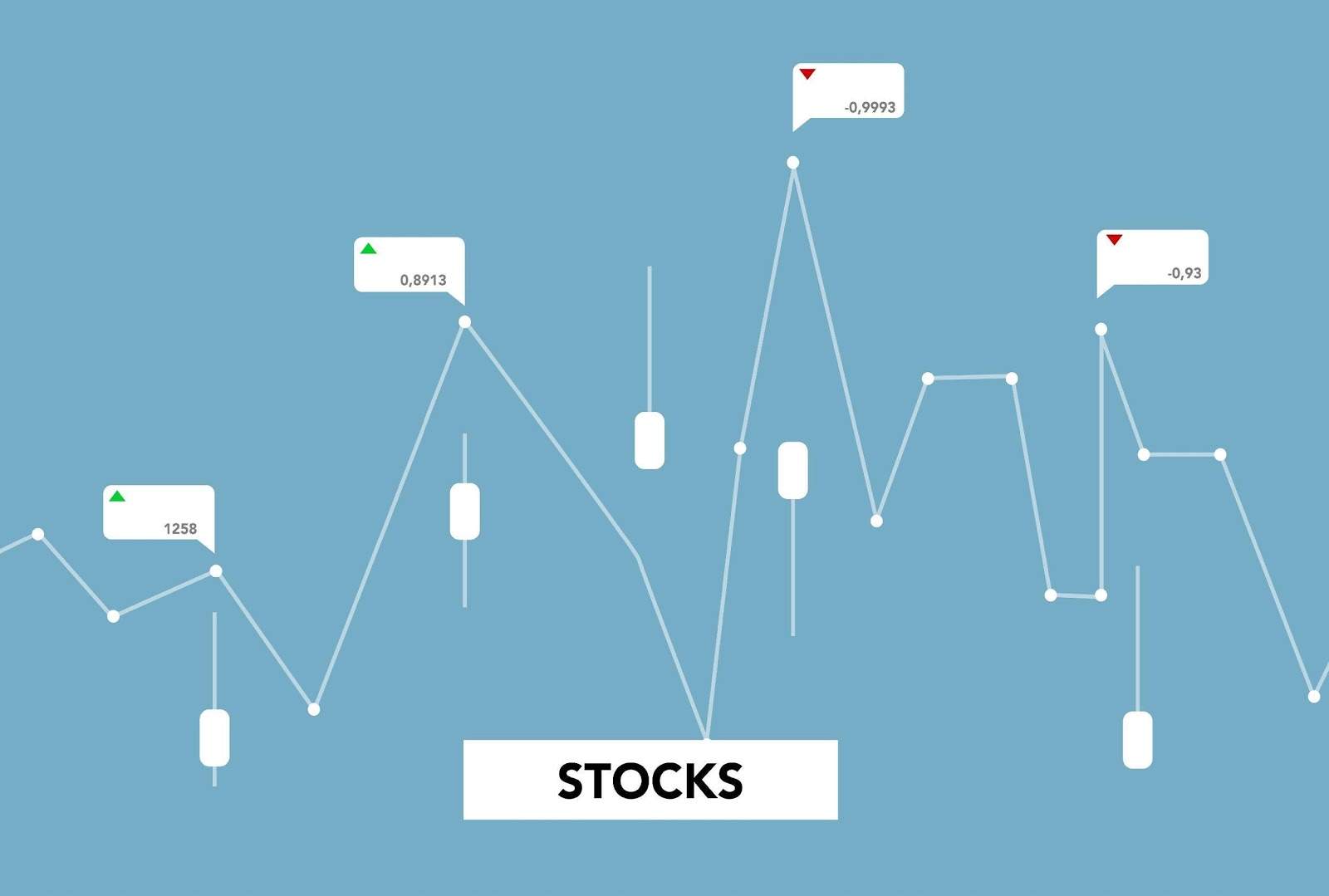
Different Tools & Ways to Analyse Stocks Like A Professional Investor
Stock analysis is the only thing that makes some investors different from others. Successful investors are the ones who make smart investments after performing deep stock analysis, which helps them to find the most profitable and risk-free stocks. In this article, we will discuss different tools and ways to analyse stocks like a pro. So, if you want to know more, keep reading!
Stock analysis helps in making informed investments.
Common ways to analyse stocks
Technical and fundamental analysis are among the most common ways of analysing stocks. When talking about fundamental analysis, it involves examining various fundamental factors of a company like its market capitalization, price-to-earnings ratio, book value, earning per share and return on equity. Some investors also prefer taking recommendations from experienced financial analysts and professional investors for searching for the right stocks.
Further, the type of stock analysis you perform is also based on trading styles and personal preferences. Below are some of the common ways to analyse stocks:
Technical analysis
Technical analysis is used to study the supply-demand model of stocks within the market. Investors who use technical analysis believe that the historical performance of a company indicates how well its stocks will perform in the near future. Technical analysis is mainly focused on the study of charts, trends and patterns and gives less importance to the value of the company.
P/E Ratio
Price-to-earnings or simply the P/E ratio is a popular way of analysing stocks. This ratio is calculated by dividing the per-share market value of a stock by its earnings per share. Investors compare the P/E ratio of stock to its other competitors in order to determine the intrinsic value of a stock. Generally, investors prefer stocks with a low P/E ratio.
Earnings per share
Earnings per share of a company represent how smoothly and efficiently its revenue is flowing towards the investors. Increasing EPS is what stock markets find favourable. The logic behind this is, the higher the EPS of a company, the more will be the worth of your shares.
PEG Ratio
PEG stands for price-to-earnings growth ratio, which is a step ahead of the P/E ratio. It is calculated by dividing the P/E ratio by the annual growth rate of the company. In simple terms, you can predict the future growth of the company by looking at its historical growth. A stock with a PEG lower than 1 is considered to be ideal for investing.
Book value / price-to-book ratio
The price-to-book ratio or book value is another way to analyse the stocks. Generally, this method is used to find high-performing companies that are not very popular or undervalued. The P/B ratio is calculated by dividing the market price of a stock by its book value of equity. Further, the book value of equity is determined by deducting the book value of liabilities from the book value of assets. Investors consider a low P/B ratio as an inductor to an undervalued company.
Return on Equity
Return on Equity is used to determine how well a company generates returns for the shareholders. By analyzing ROE, you can find out the companies that generate good profits and are stable. It is determined by dividing the total income by average shareholders’ equity. Moreover, investors look for a gradually increasing ROE.
Analyst recommendations
Some investors also prefer taking recommendations from professional analysts to quickly evaluate and find out profitable stocks. Analysts perform deep technical as well as fundamental research and issue buy/sell recommendations.
So, these were some of the best ways to analyse stocks. Most individual investors use these methods for evaluating the stocks before making investments. Now let’s learn about the best stock analysis tools.
Best Tools For Stock Analysis
There are multiple types of stock analysis tools available in the market and each is based on some different trading strategy. You can use any tool depending on your personal preferences and trading strategies.
Below are the most common types of stock analysis tools you can check out:
Stock screeners
Stock screeners are perhaps the most popular stock analysis tools. Most investors, especially beginners, prefer using them because they are easy to use and offer quick results. They scan the entire market and provide you with crucial information such as average trading volume, chart patterns, price, market capitalization and so on. The best part is, they allow you to set your preferred criteria. For instance, you can set up the screener for high-cap stocks with high market cap. Once you run your search, the screener will provide you with a list of all the stocks that match your criteria. Also, if you want, you can try performing an analysis of stocks with Tickertape.
Charting software
Charting software or application provides you with the performance of a stock or index or individual fund over a particular period of time. Charts are generally displayed either using candlesticks or lines. Investors use charting tools to decide when to buy or sell the stocks.
Stock simulators
Stock simulators, also known as dummy accounts, allow investors to practice their trading strategies without using their real money. These are great for beginners as they get to learn the process of analysing, buying and selling the stocks.
And there you have it!!
We have discussed different ways and tools to analyse the stocks. By using them, you will be able to invest in profitable stocks without risking your hard-earned money. We hope this guide helps!















